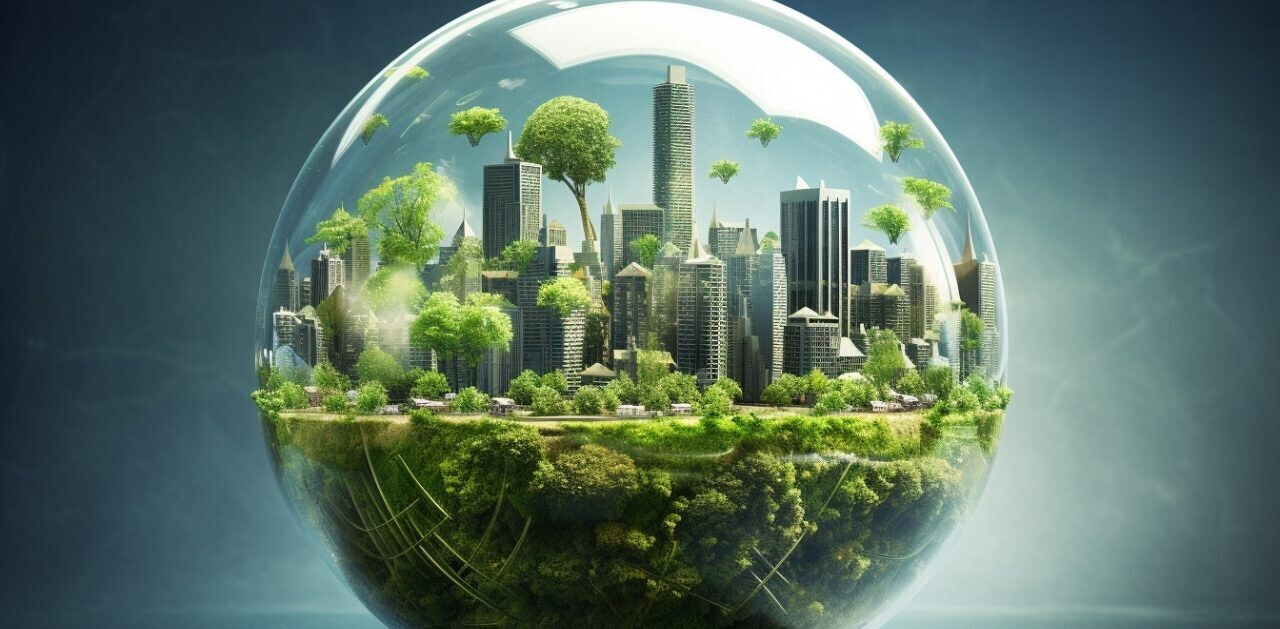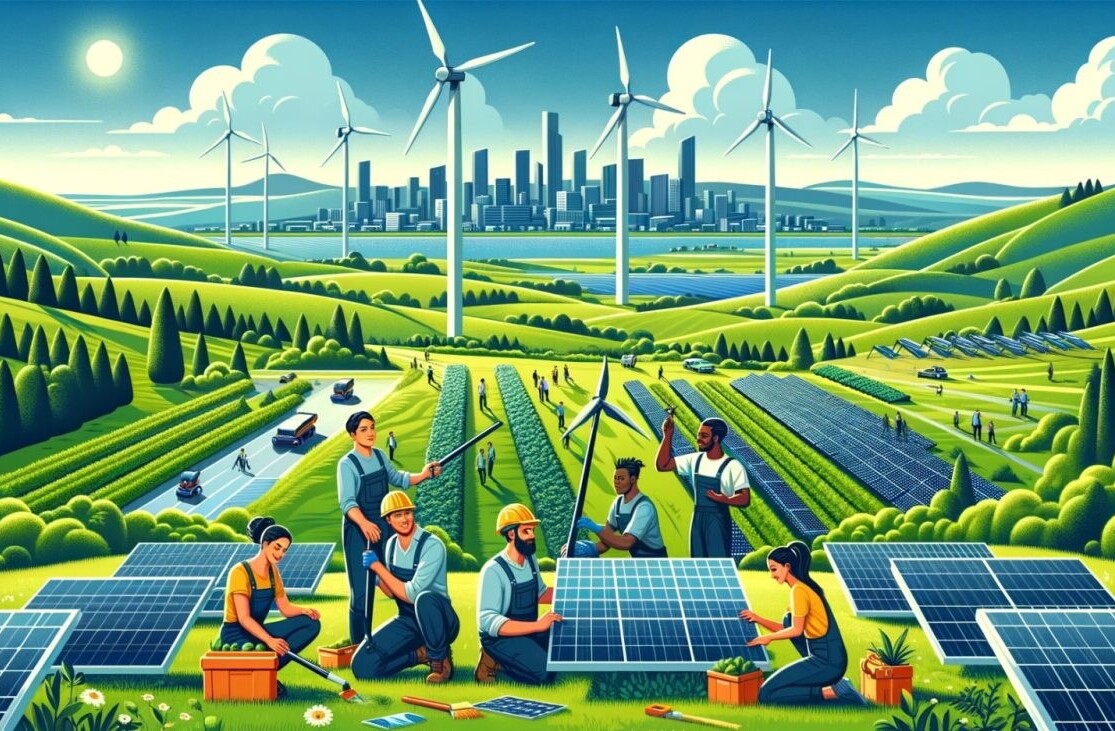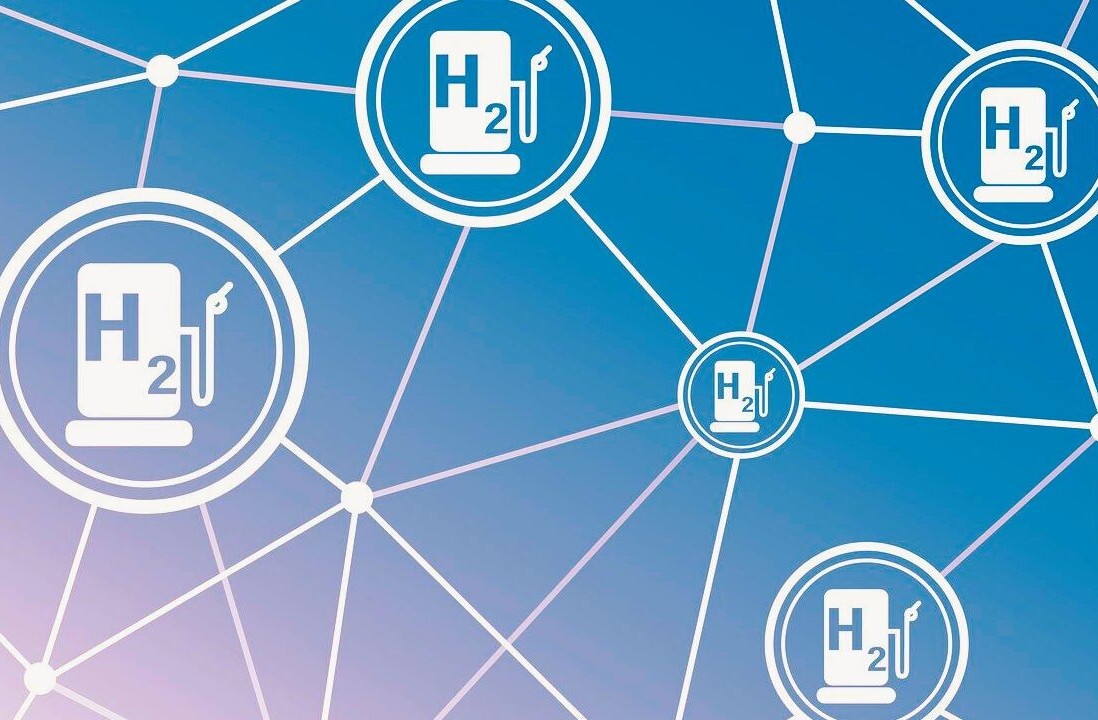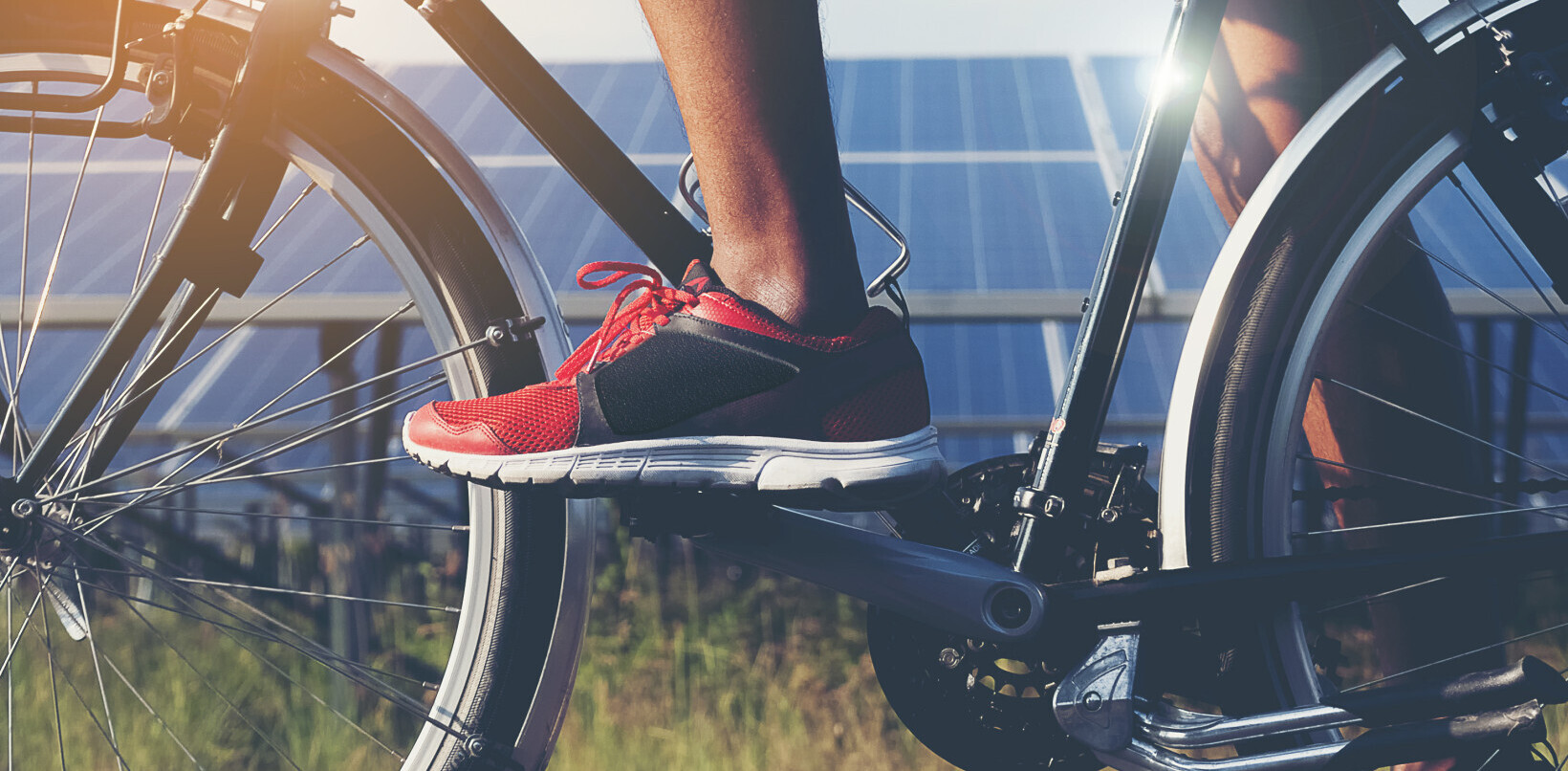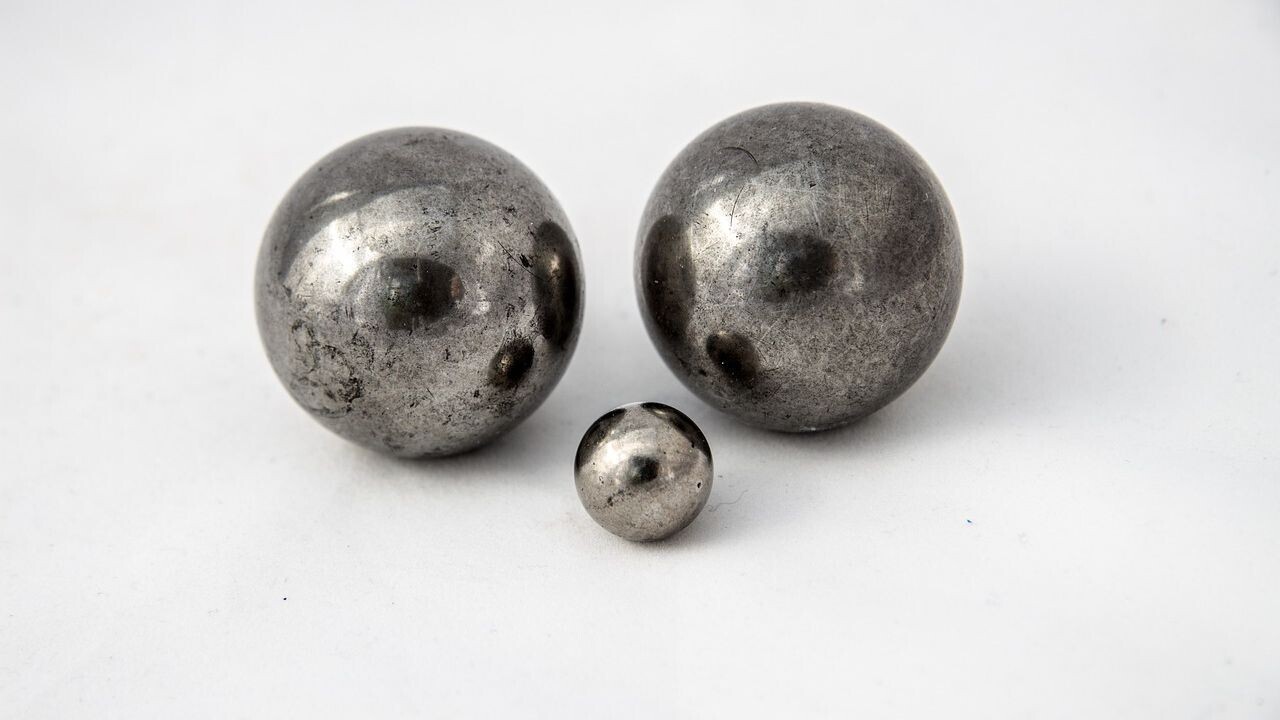
Green hydrogen will almost certainly play a key role in the energy transition, but it does come with a number of inherent challenges. It’s highly flammable and must be stored at high pressures or cryogenic temperatures, which makes hydrogen storage and transport complex and expensive.
A student team at Eindhoven University of Technology, called SOLID, is trying to solve this problem by using small iron balls (iron pellets) as hydrogen energy carriers.
To achieve this, the team has developed a steam-iron process. When iron is exposed to a flow of hot steam under high pressure it reacts with the water molecules, producing hydrogen and iron oxide — also known as rust. Hydrogen can then be extracted to be used as an energy source, while the remaining rust can be regenerated back to iron with the addition of hydrogen. That way, iron works as a circular carrier of hydrogen.
According to the students, the fact that iron is stored and transported in the place of hydrogen brings numerous benefits.
First off, iron has higher energy density and can store approximately three times more energy per volume compared to pressurised hydrogen. In addition, iron pellets can be stored and transported in a safer and more compact way, minising logistical challenges.
“Iron is also one of the most abundant elements on earth, which means that our technology can offer a cheaper alternative for the large-scale storage and distribution of hydrogen in the future,” said Timme Ter Horst, Business Manager at SOLID.
In collaboration with its partners, the student team has built a test installation, the Steam Iron Reactor One (SIR One), to explore and showcase the potential of the technology.
In the next period, the students will use the reactor to improve the efficiency of the process and extend the pellets’ lifespan. They’re also planning to scale up the current system to SIR Two, which will have a fifteen times larger capacity than SIR One at 500kWh.
The aim is to realise a demo in the port of Rotterdam in 2027 and demonstrate the technology on an industrial scale for relevant end-users.
Get the TNW newsletter
Get the most important tech news in your inbox each week.

